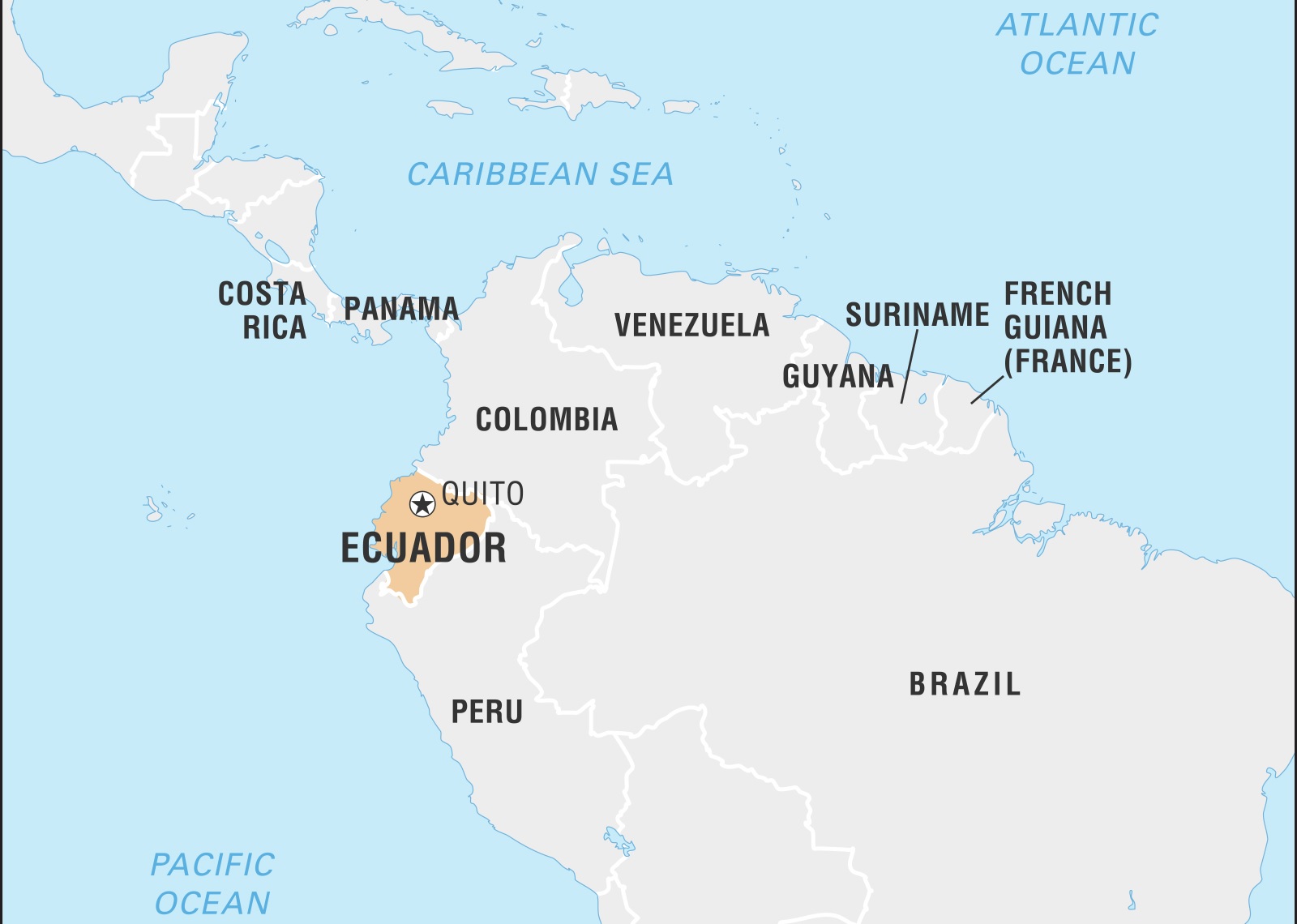RIO DE JANEIRO, BRAZIL – The creation of free trade zones is one of the three pillars of the Investment Attraction Law project, generating more expectations among productive associations. The regulation is being debated in the National Assembly.
A free trade zone is a territory within a country that offers tax advantages and seeks to promote the development of foreign trade. This figure is not new in Ecuador, and the first one was created in 1985 in Esmeraldas. But this special regime was applied six years later when its regulation was issued.
According to Santiago García, president of the Association of Economists of Pichincha, they failed due to a lack of controls, abuses, and minimal business volume. In 2010, with the Organic Code of Production, Commerce, and Investment (Copci), this regime was replaced by the Special Development Zones (ZEDE).

With this regulation still in force, the State is the only one that can create them. The current Government proposes that mixed or private companies may also do so. In addition, the project proposes that these zones may be established for 20 years, renewable as many times as necessary.
For the Minister of Production, Julio José Prado, Copci has not been able to attract investments, as the free zones of other countries. He says that the initiatives can only come from the public sector, and the incentive is not enough. According to the Ministry of Production, two ZEDEs have worked well in the country. These are DP Work’s Deep Water Port and Contecon’s, in the port of Guayaquil.
The Litoral ZEDE is located at Espol and is focused on research. The Pacific Refinery and Yachay did not work, said Prado. The Investment Attraction Law creates industrial, services, and logistics zones.
The first is an industrial park for any sector. The company sets up there and benefits from tax and tariff incentives.
Service zones are new in the region. Uruguay incorporated it three years ago and attracted technology firms, becoming a Latin American center to create software and financial technology.
Finally, logistics generate activity at ports, airports, or borders to facilitate trade with neighboring countries.
These three types can coexist at the same time. “An industrial park can have manufacturing, service, and logistics companies,” Prado added. In addition, the new regulation proposes that a free trade zone may be a single-company or multi-company initiative. The latter is known as a traditional park, where there are many firms of several owners.
On the other hand, the sole proprietorship is an innovative proposal applied in the region. It is a building or firm not located in a specific area. According to Felipe Ribadeneira, president of Fedexpor, in a visit to the Dominican Republic, it was found that these new models do not require a specific territory, but an activity can be in a free zone focused on exporting services.
This law will be fundamental to attract investments to increase the production of goods exports and create mechanisms to generate new service export industries”. Carlos Loaiza, president of the Quito Chamber of Commerce, highlighted the potential of these zones in other countries, generating jobs and contributing to development.
Apart from free trade zones, the other pillars of the proposal are public-private alliances and reforms to the stock market. The Assembly has until the 24th of this month to decide on this project.

